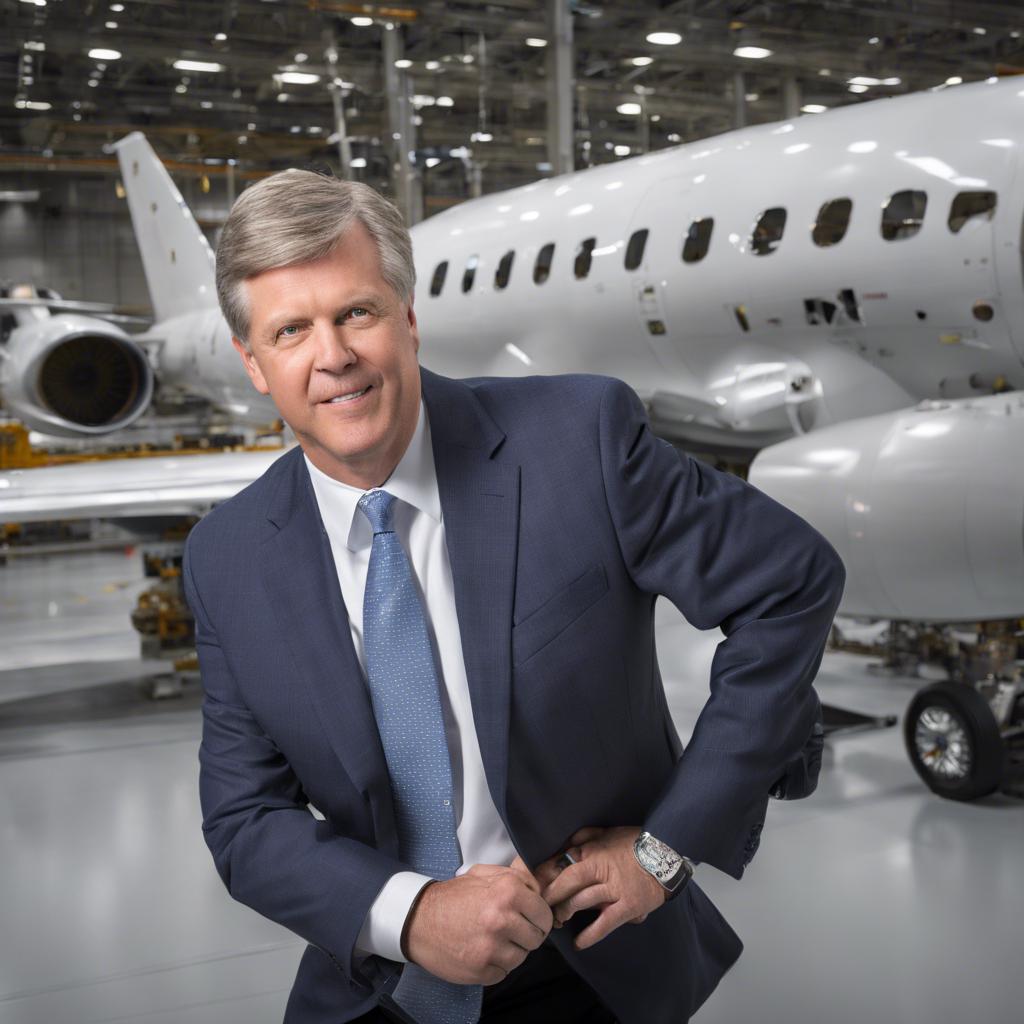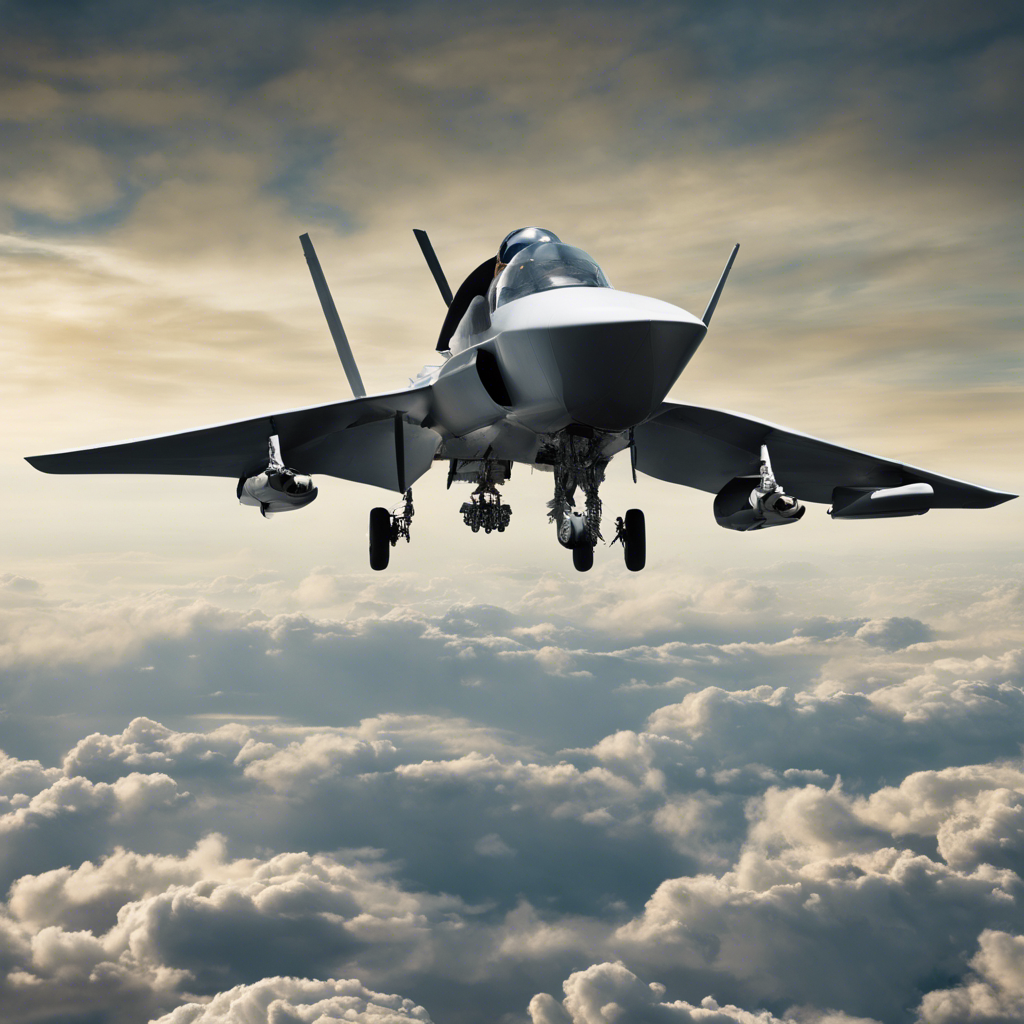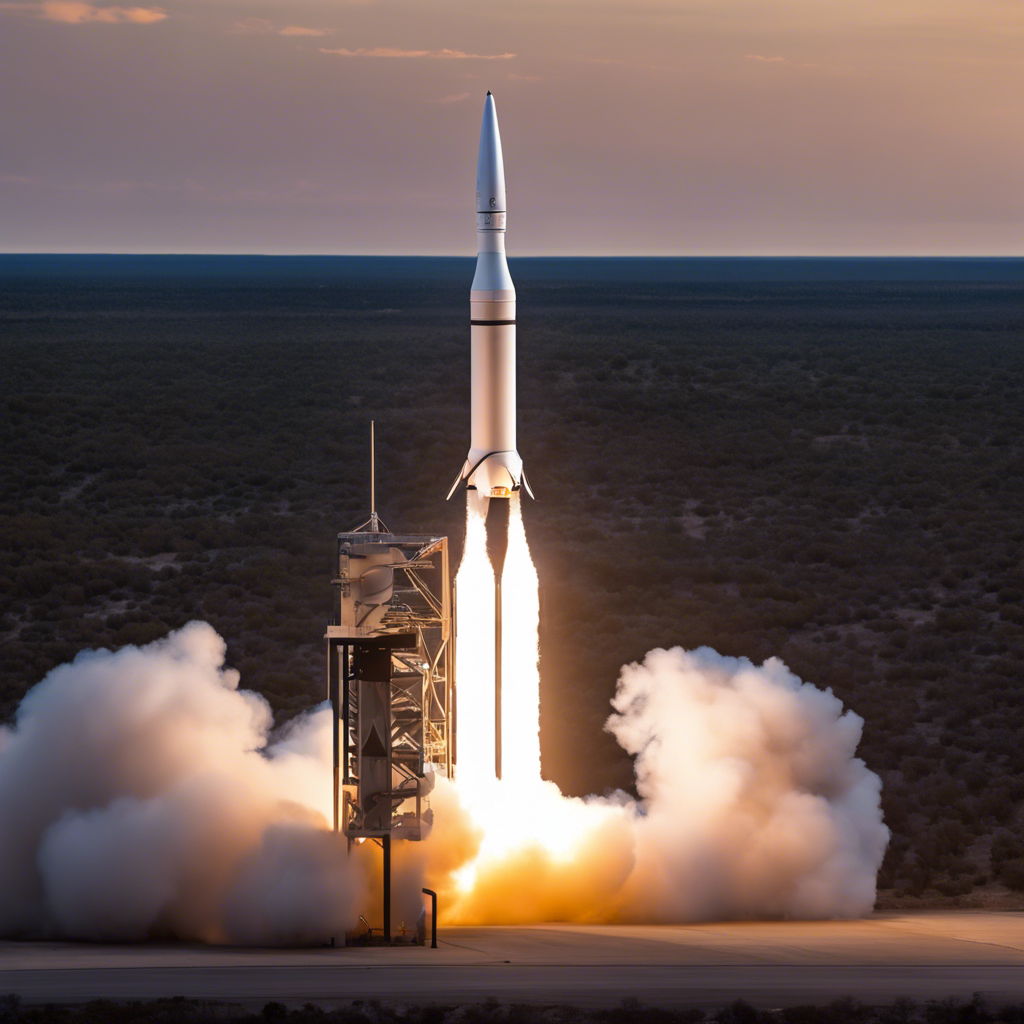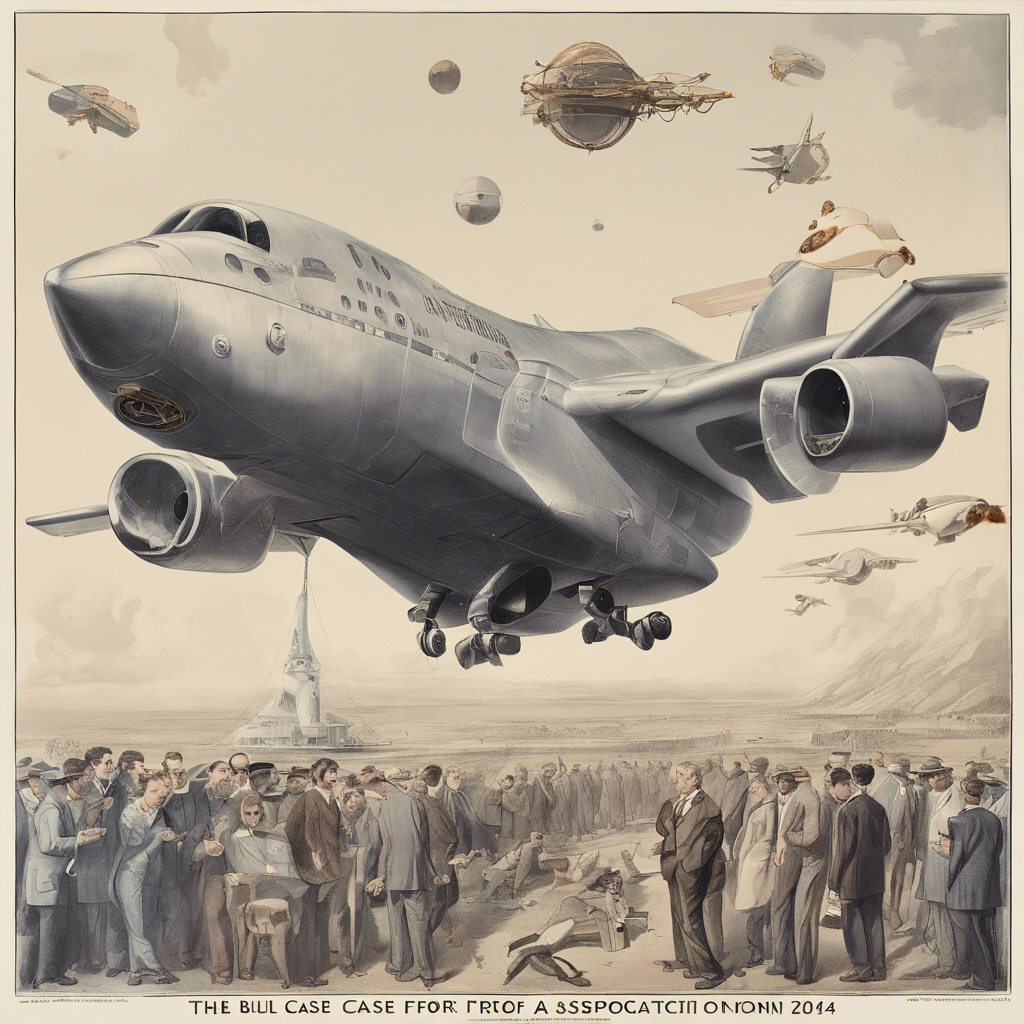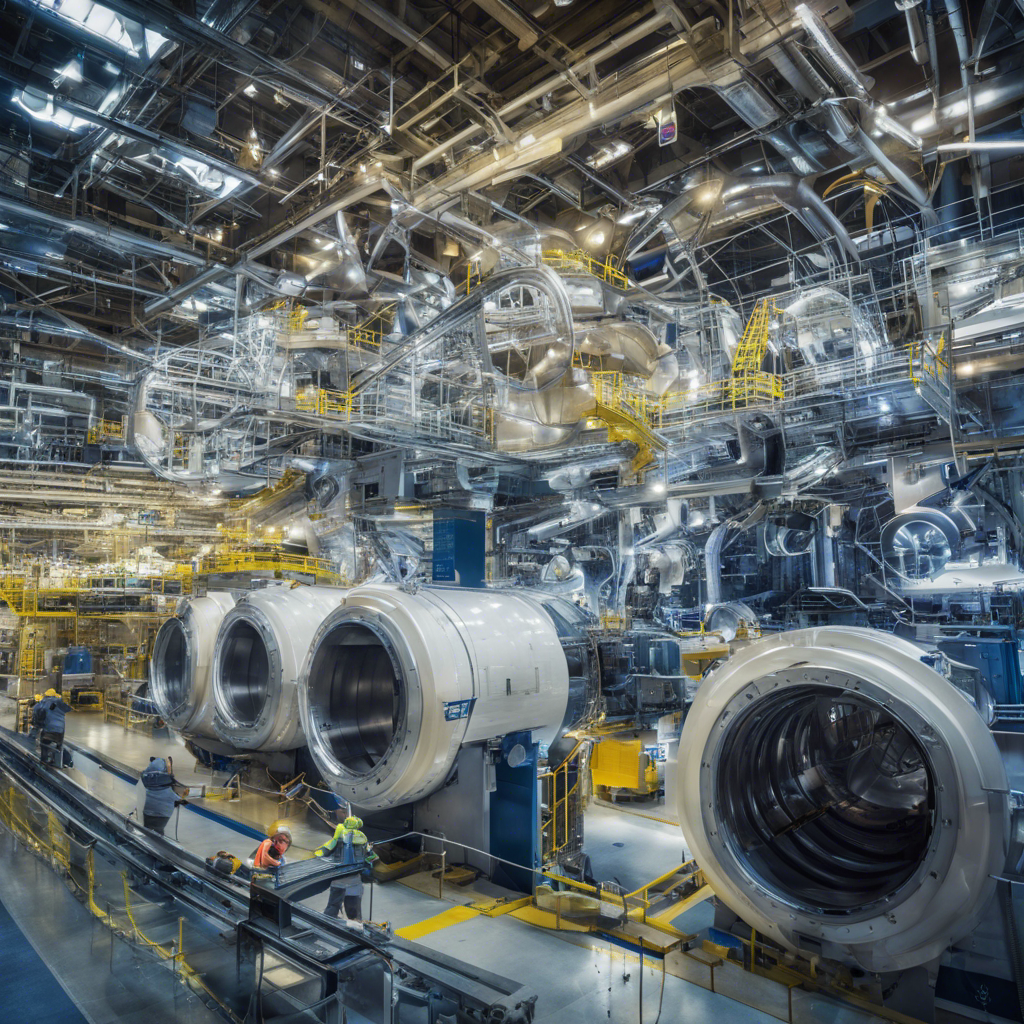In an interview with CNBC, GE Aerospace CEO Larry Culp discusses the current state of the aerospace industry and the challenges and opportunities it presents.
The aerospace industry has been hit hard by the COVID-19 pandemic, with travel restrictions and reduced demand for air travel affecting both new aircraft production and the commercial aerospace aftermarket. However, in a recent interview with CNBC’s “Last Call,” GE Aerospace CEO Larry Culp reveals that despite these challenges, the industry is experiencing a surge in activity. Culp discusses the reasons behind this unexpected uptick and provides insights into the future of the aerospace sector.
New Build: A Surprising Boom
Culp begins by highlighting the unexpected boom in new aircraft production. He explains that while the pandemic initially caused a slowdown in orders, the industry has rebounded faster than anticipated. Airlines are now eager to update their fleets with more fuel-efficient and environmentally friendly aircraft, leading to a surge in new build orders. Culp attributes this demand to the increasing focus on sustainability and the need for airlines to recover from the financial losses incurred during the pandemic.
Commercial Aerospace Aftermarket: A Thriving Market
In addition to the increase in new build orders, Culp emphasizes the thriving market for commercial aerospace aftermarket services. With airlines looking to extend the lifespan of their existing aircraft, maintenance, repair, and overhaul (MRO) services have become essential. Culp notes that GE Aerospace is seeing a significant uptick in demand for its MRO services, driven by the need for cost-effective solutions and the desire to maximize the efficiency of existing fleets.
The Role of Technology and Innovation
Culp also discusses the role of technology and innovation in driving the aerospace industry forward. He highlights the importance of digitalization and data analytics in improving aircraft performance and reducing maintenance costs. GE Aerospace has been at the forefront of these advancements, developing cutting-edge technologies that enable airlines to optimize their operations and enhance safety.
Challenges and Opportunities
While the aerospace industry is currently experiencing a surge in activity, Culp acknowledges that challenges remain. Supply chain disruptions, labor shortages, and the ongoing impact of the pandemic are all factors that could affect the industry’s recovery. However, he remains optimistic, emphasizing the opportunities for growth and innovation that lie ahead. Culp believes that the aerospace industry will continue to evolve and adapt, driven by the need for sustainable solutions and the increasing demand for air travel.
Conclusion:
Despite the challenges posed by the COVID-19 pandemic, the aerospace industry is experiencing a surprising boom in new build orders and a thriving commercial aerospace aftermarket. GE Aerospace CEO Larry Culp’s insights shed light on the factors driving this unexpected surge and the role of technology and innovation in shaping the industry’s future. As the aerospace sector continues to recover and adapt, it remains poised for growth and transformation, driven by the demand for sustainability and the evolving needs of the global travel industry.







